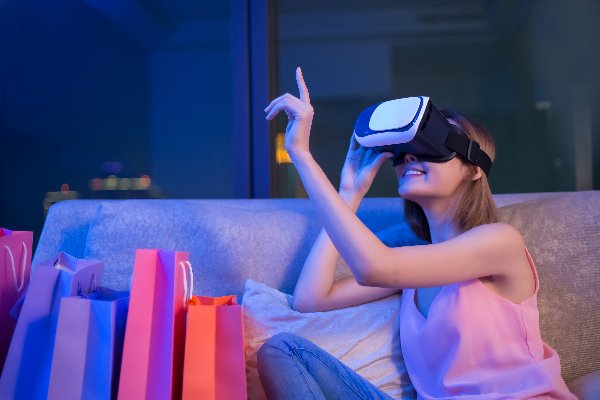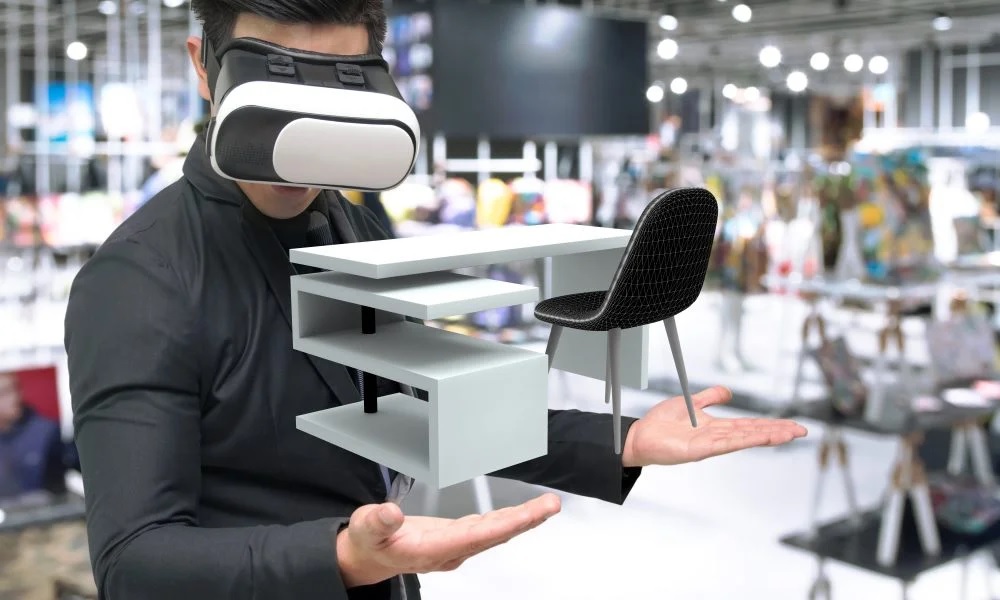Virtual reality (VR) is a technology that has been on the rise in recent years, and it is now being explored as a potential tool for advertising. VR has the ability to transport users into a completely different world, allowing them to experience products and services in a way that was not possible before. In this article, we will explore the potential of virtual reality in advertising.
What is Virtual Reality?
Virtual reality is a computer-generated simulation of a three-dimensional environment that can be interacted with using special equipment such as a headset with a screen or gloves with sensors. It creates an immersive experience for the user, making them feel as though they are in a different world.
How is Virtual Reality Used in Advertising?

Virtual reality is being used in advertising in a number of ways. One of the most popular ways is through product demonstrations. Companies can create a virtual reality experience that showcases their product in a way that is more engaging and interactive than traditional advertising methods. For example, a car company could create a VR experience that allows users to explore the interior and exterior of their car, or a clothing company could create a VR experience that allows users to try on clothes virtually.
Another way virtual reality is being used in advertising is through brand experiences. Companies can create a virtual reality experience that immerses users in their brand, allowing them to experience the brand in a new and exciting way. For example, a travel company could create a VR experience that allows users to explore different destinations around the world, or a sports company could create a VR experience that allows users to experience the thrill of their favorite sport.
Benefits of Virtual Reality in Advertising
Virtual reality offers a number of benefits for advertisers. One of the biggest benefits is that it allows companies to create a more engaging and immersive experience for users. This can help to increase brand awareness and drive sales. Virtual reality also allows companies to reach a wider audience, as it can be accessed from anywhere in the world.
Another benefit of virtual reality in advertising is that it allows companies to collect valuable data on user behavior. By tracking user interactions within the VR experience, companies can gain insights into what users are interested in and how they interact with their products or services.
Challenges of Virtual Reality in Advertising

While virtual reality offers many benefits for advertisers, there are also some challenges that need to be addressed. One of the biggest challenges is the cost of creating a virtual reality experience. It can be expensive to create a high-quality VR experience, which may limit its use to larger companies with bigger budgets.
Another challenge is the limited reach of virtual reality. While it can be accessed from anywhere in the world, not everyone has access to the necessary equipment to experience VR. This means that virtual reality advertising may not be as effective for companies that are targeting a broad audience.
Virtual reality offers a lot of potential for advertisers, allowing them to create engaging and immersive experiences for users. While there are some challenges that need to be addressed, the benefits of virtual reality in advertising make it an exciting technology to watch in the coming years. As the technology continues to evolve and become more accessible, we can expect to see more and more companies using virtual reality in their advertising campaigns.

